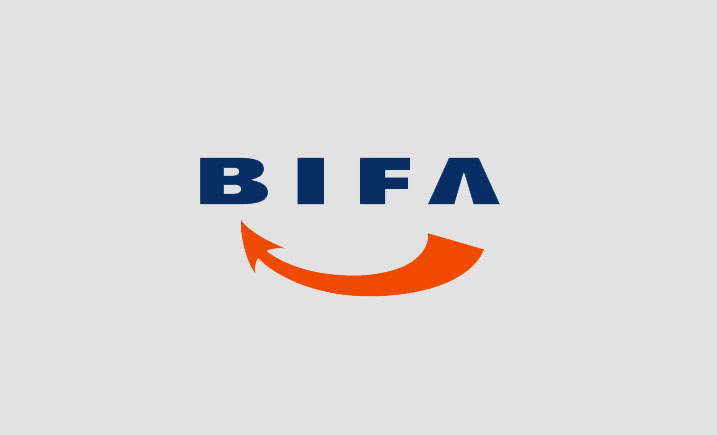Following a thorough review of the 272-page Border Operating Model released by the UK government, the trade association for UK freight forwarders says that whilst it welcomes the greater clarity on certain issues, it is concerned with the introduction of the “Least Worst Case Scenario” into the documentation.
Robert Keen, Director General of the British International Freight Association (BIFA) says that following the leak of a Cabinet Office letter in September, the trade association stated that it felt its members are being set up by the government as scapegoats should the new procedures for cross-border freight movements between the UK and EU not lead to frictionless trade come January 1st 2021.
Keen says that the introduction of the “Least Worst Case Scenario” does nothing to assuage the feeling of its members that Government will be seeking to blame forwarders and traders should freight movement between the EU and UK suffer serious problems from the start of 2021.
On the positive side, BIFA says that the revised Border Operating Model suggests a more cohesive approach to managing the UK’s trade flows and regulatory procedures with the EU.
Keen says: “The BIFA secretariat and BIFA members felt that the original Border Operating Model was too generic and lacked clarity on key issues; points that we have made in our discussions with the relevant government departments.
“Having read the latest document, I believe that that the efforts made by BIFA on behalf of members to address some of those issues has borne fruit.
“The latest version of the Border Operating Model is clearly stricter in tone and emphasises the regulatory and compliance aspects of customs-related activities, whilst providing additional information on important issues such as Deferred Declaration Procedures; the data requirements for Entry in Declarants Records; Guarantees and where a waiver is applicable; Information on liabilities and what constitutes ‘Core Compliance’; as well as more detail on the reduced data sets required for bulk entries.
“Another interesting addition is the information regarding the additional port infrastructure and the establishment of inland locations to undertake certain customs-related processing activities.”
The underlying message of the new Border Operating Model is that anyone involved in cross-border trade between the EU and UK after January 1st 2021 needs to understand the changes and enhance their preparations to be ready for the end of the Transition Period.
“The additional clarity provided in the latest model will certainly enable the trade association to provide members with the more information and some of the clarity they need to prepare for and require to manage the procedures for cross-border trade between the UK and EU from January 1st 2021.
“However, in addition to the information they need, BIFA members are looking for assurance from government that the new IT and other systems being introduced will actually work, and will be able to do what is necessary.”







